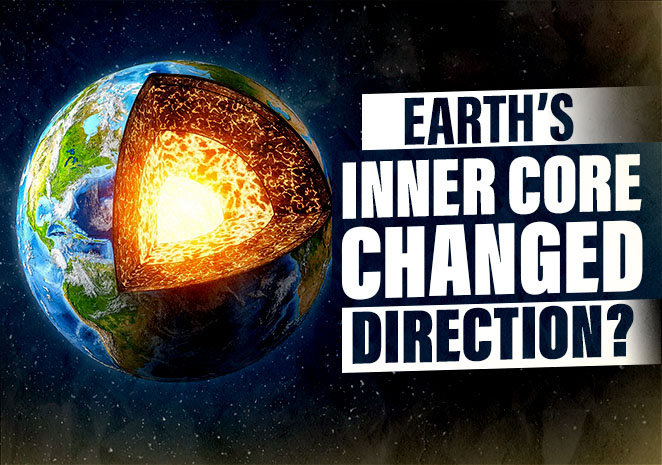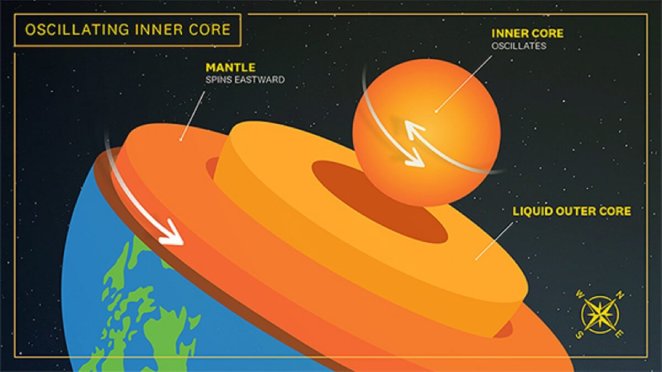
The inner core of the planet has always moved at its own pace. However, surprisingly, scientists have been aware of the peculiar behavior since the middle of the 1990s. As stated by a new study, the Earth’s inner core recently stopped spinning and changed its spin orientation in the opposite direction.
According to the study posted in Nature Geoscience, the globally consistent pattern suggests that inner-core rotation has recently stopped. In 2009, the rotation came to a grinding halt, and then it unexpectedly turned in the other direction. For a long time, scientists have believed that the Earth’s inner core swings back and forth in relation to the surface.
“The swing goes through about seven decades in a cycle, or about once every 35 years.” “The researchers from China’s Peking University told AFP that it previously changed course in the early 1970s and predicted that the next change would occur in the middle of the 2040s,” they stated.
What is the inner core of Earth?

There are three parts to the layers of the Earth: the mantle, core, and crust.
In 1936, scientists studied seismic waves from earthquakes that travel throughout the planet when they first discovered Earth’s inner core. The shift in the waves brought out the Earth’s core, which has a width of about 7000 kilometers and is made up of a solid iron core wrapped in a shell of liquid iron. According to a study published in Nature in 1996, seismic wave travel times through the Earth’s inner core have changed in a small but systematic way over the past three decades. The inner core rotates at a rate approximately one degree per year faster than the mantle and crust rotate on a daily basis, which best explains this variation.
The Peaking University team looked at earthquakes that mostly occurred between 1995 and 2021. The analysis showed that the core stopped spinning around 2009 and might be about to change direction.
What’s going on now?

According to research, there are connections between Earth’s crust, mantle, and core layers, and the rotation of the planet’s core is related to changes in the length of the day. This could cause minute variations in the exact part of the time it takes for Earth to rotate on its axis.
The team said that the observations show that the layers of the planet Earth, from the deepest interior to the surface, interact in a dynamic way. This could be because of gravitational coupling and the angular momentum exchange between the core, mantle, and surface.
They stated, “We hope our study can motivate some researchers to build and test models that treat the entire Earth as an integrated dynamic system,” adding that there is currently no evidence that the change in spinning could affect people living on the planet’s surface.




